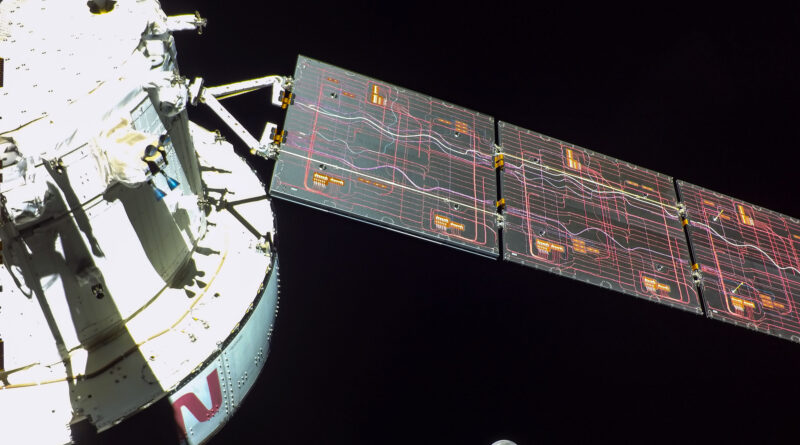Artemis I Radiation Measurements Confirm Orion’s Safety for Astronomers – NASA
Nassa spacecraft’s airline is designed to keep scientists in a deep place, to protect them from the unfamiliar environment. DURURT THE UNCREWED ARTEMIS I MISSION, RESEARLODOBORATORS, Flew Payal Collaboraborators, Flew Payloads Onboard Orion to Astronauts.
Radius measurements were taken inside Orion with 5,600 sensors and 34 radiation devices during its 25.5 round the moon, which has provided important points in relation to exposure within Earth’s Van Allen radiation belt. These detailed survey has been published in the latest science text by the interaction of the NASA website, DLR (German Space Center) and Esa (European Space Agency). Dimensions indicate that even though radiation radiation may vary depending on the area in Orion, the flight can protect its staff in potential dangerous.
The skyline can cause serious injury to long-term locations, and investigations from the Artemis I am representing a valuable step out of the earth’s lower roadway, to the Moon, and finally to Mars.
NASA’s HERA (Hybrid Electronic Radiation Assessor) and Crew Active Dosimeter, which were first tested on the International Space Station, and ESA’s Active Dosimeter, were among the instruments used to measure radiation aboard Orion. HERA’s radiation sensor can alert crew members to protect themselves from exposure to harmful radiation, such as sunlight. The Crew Active Dosimeter can collect real-time radiation dose data for astronauts and transmit it back to Earth for analysis. Radiation measurements were made in different areas of the spacecraft, each providing different levels of protection.
Additionally, the Matroshka AstroRad Radiation Experiment, a collaboration between NASA and DLR, included radiation sensors implanted inside two life-sized manikin bodies to simulate the effect of radiation on human cells. a person. Manokikins enable radiation measurements in different parts of the body, which can affect the way he undresses.
Researchers have found that Orion’s design can protect its crew from radiation during lunar missions. Although the flight protection is effective, exposure species may vary greatly based on the fortresses in a particular area. When Orion turns its appearance during the burned in Interim Cryogenic Propullesion Stage, radiation levels are about half over the Nature of Van Allen.
“These radiation measurements show that we have an effective plan to manage radiation hazards in Orion’s atmosphere. However, key challenges remain, especially for long-duration spaceflights and the protection of astronauts on spacewalks,” said Stuart George, NASA’s lead author on the paper.
NASA’s long-term efforts and research to reduce the dangers of space radiation continue, as radiation measurements in future missions will depend heavily on the protection of the atmosphere, the path and the activity of the sun. The same radiation measurement equipment carried on board Artemis I will support the first mission of the Artemis crew to orbit the Moon, Artemis II, to better understand radiation exposure aboard Orion and ensure astronaut safety to the Moon and beyond.
For more information on NASA’s Artemis mission, visit:
https://www.nasa.gov/artemis
#Artemis #Radiation #Measurements #Confirm #Orions #Safety #Astronomers #NASA
